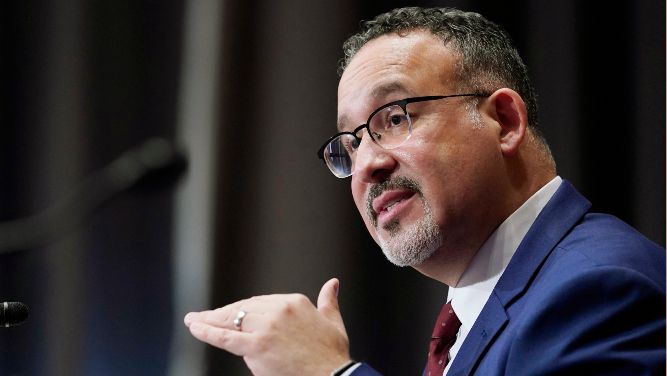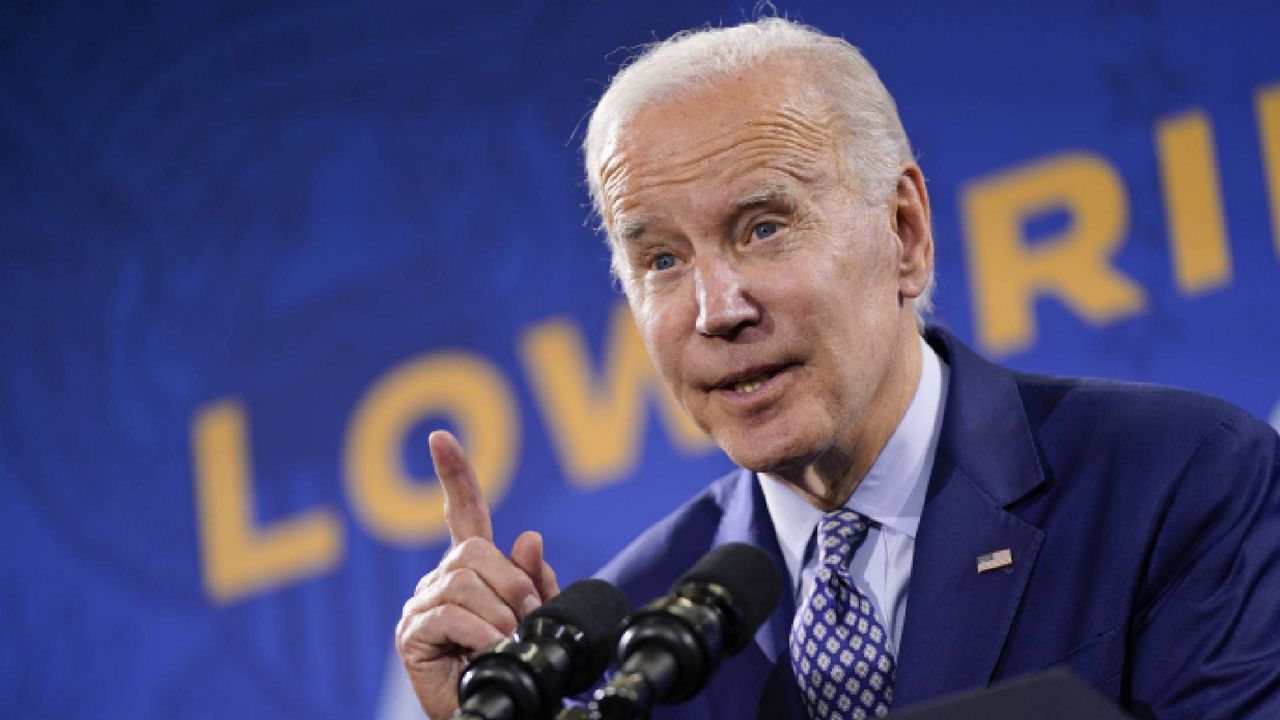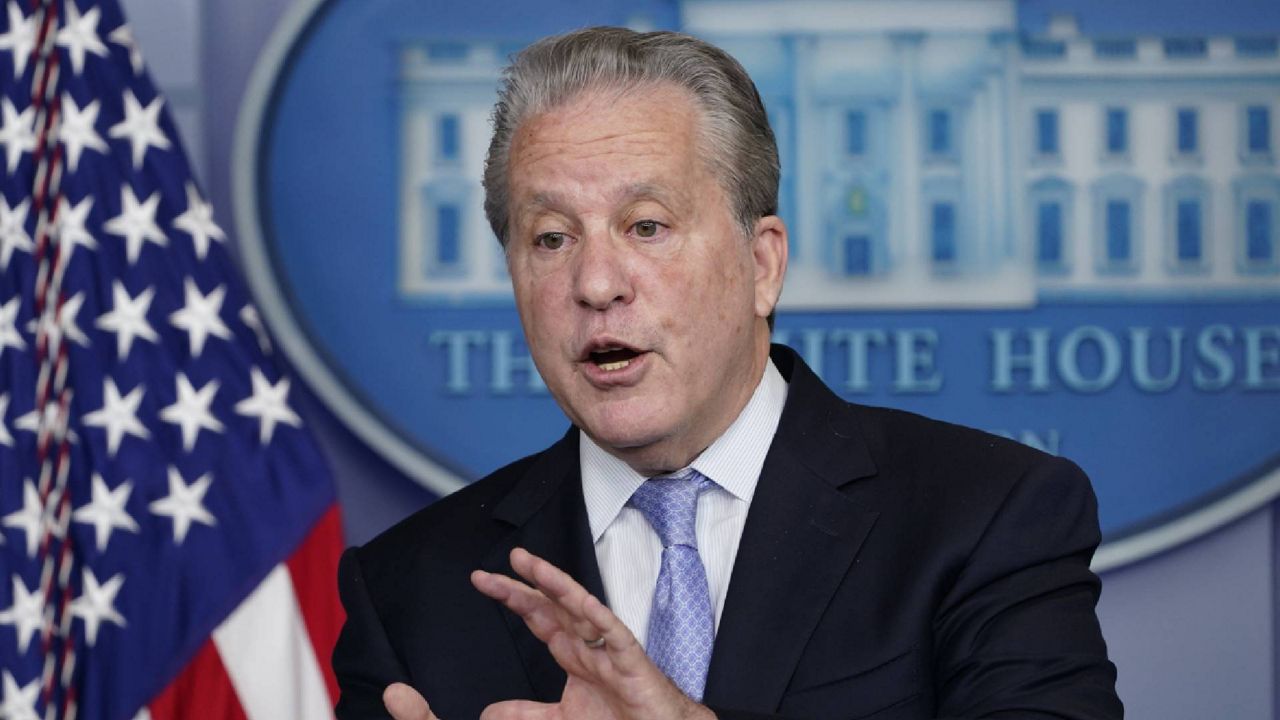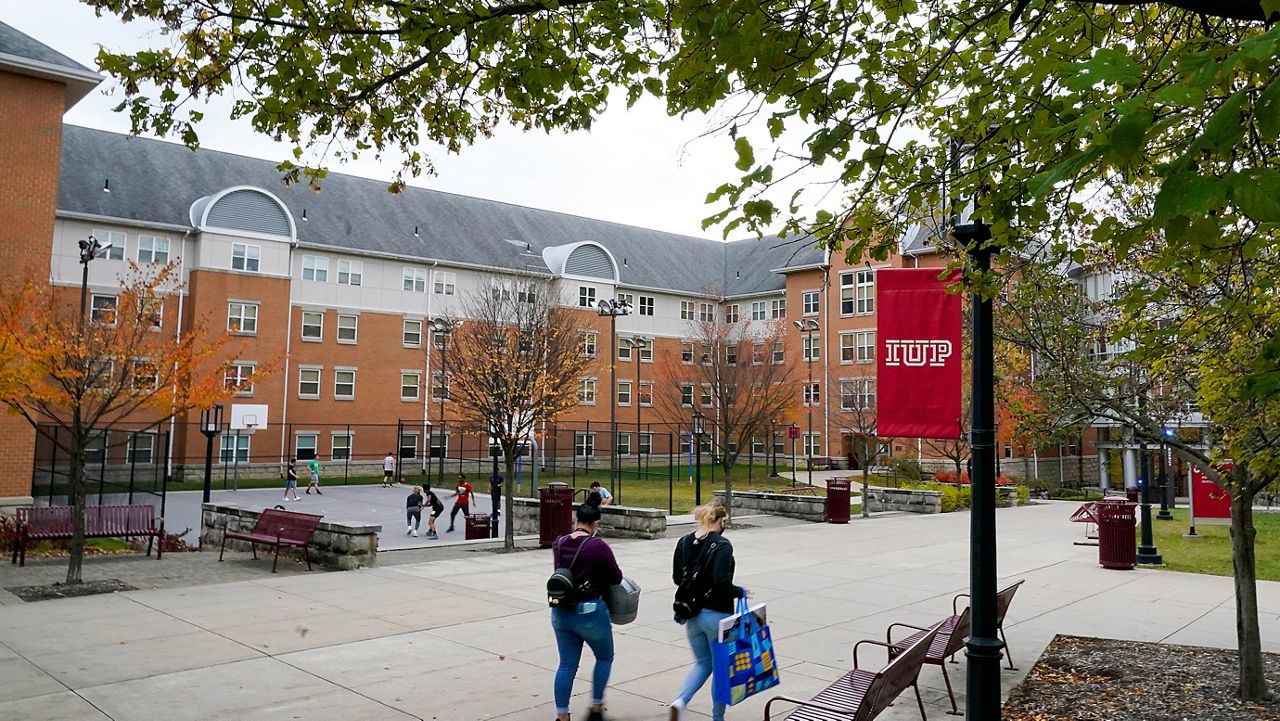The Biden administration on Monday announced final changes to the student loan repayment and relief process that could aid borrowers defrauded by their schools, work in public service or who have disabilities, plus lower the overall cost for some people who rack up interest that’s added to their principal amount.
Education Secretary Miguel Cardona announced the changes on a call with reporters Monday, saying they would “end the bureaucratic nightmares of the past and create a smoother, faster system for processing claims.”
It’s unlikely to open debt forgiveness to huge swaths of borrowers, but it’s meant to make it easier for those who already qualify. The department first proposed the changes in July.
“We're strengthening accountability, widening our scope of oversight and taking steps to protect taxpayers when shady schools pocket federal financial dollars and leave students in the lurch,” Cardona said.
The Education Department’s efforts have already resulted in $38 billion in forgiveness for 1.7 million people eligible because they were cheated by their colleges, work in public service or have disabilities, said Department of Education Under Secretary James Kvaal.
The changes announced Monday are meant to build on that by making the process easier.
One element of the forgiveness plan focuses on borrowers whose schools deceive them.
A rule will soon block schools who participate in federal loan programs from making borrowers sign any arbitration agreements or make them go through internal dispute resolution without first contacting the government about their claim for relief. Plus it will stop schools from forcing borrowers to waive their right to join a class action lawsuit.
A second element of the plan makes it easier for people with disabilities to get their loans forgiven and complicated paperwork, especially when the federal government already knows they’re disabled.
And the new rules also seek to block interest capitalization in many cases – which is when a person’s loan gathers interest that is then added to their balance and collects interest itself. This can happen when a borrower first begins repayment or leaves a forbearance.
“Interest on top of interest can result in borrowers owing more than a borrower for college in the first place, even when they're following the rules and making all the payments. That's not fair,” Kvaal said. “That's why we're ending this practice except in cases where Congress specifically requires it.”
Data from the department on people who went to school in 2003-2004 found that 27% reported having a higher balance in 2015 than what they originally borrowed. That number was 52% for Black borrowers.
One other change targets the Public Service Loan Forgiveness program, created by Congress as a way for people working in government or a nonprofit to earn forgiveness typically after ten years. The program has been criticized for having overly rigid requirements.
Currently, people who make 120 monthly payments can get the rest of their federal student debt erased. Each monthly payment must be made in full and within 15 days of its due date, otherwise it doesn’t count toward the 120 payments.
The new action erases the 15-day rule, allowing payments to count even if they are made late or in multiple installments. It also would allow borrowers to make up to a year of payments in advance instead of making monthly payments.
And for the first time, borrowers in certain situations could also make progress toward loan forgiveness even if they don’t pay. People who get their loans paused for cancer treatment, military service or to join the Peace Corps, for example, would be treated as if they were still making monthly payments during that time.
The Associated Press contributed to this report.







